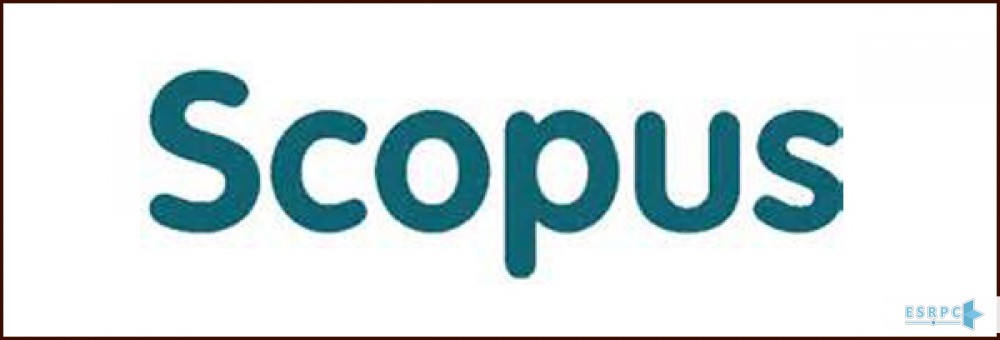Read about SCOPUS and the criteria according to which, the journals can be indexed in this database.

SCOPUS was launched by Elsevier in 2004, which is the world's largest abstract and citation database of peer-reviewed research literature, with over 22,000 titles from approximately 11,678 publishers in top-level subject fields like Life Sciences, Social Sciences, Physical Sciences and Health Sciences. It covers three types of sources: Book Series, Journals, and Trade Journals. Regardless of their publishers, all the journals covered in the Scopus database are reviewed each year to ensure whether high-quality standards are maintained or not [1]. So, if you as a researcher or scholar, want to keep track of what is happening in the research world, turn to Scopus. It provides a broad and reliable overview of global integrative scientific information and helps you to access the valuable treasury of authentic research.
The criteria of Scopus to index journals:
When a journal is indexed in Scopus, it is regarded to be of higher scientific quality. A journal which is included in Scopus, gets visible internationally, its opportunity for collaboration with other researchers from around the world gets heightened, and because of the enhanced accessibility, the possibility of the article content being cited by other authors, increases [2]. Despite these privileges coming along being included in Scopus, it should be kept in mind that getting indexed in Scopus is not an easy task. There are some important criteria which should be fulfilled for which the most significant ones are listed below:
How to check the inclusion of a journal in Scopus:
When you as an author intend to publish your paper in an Elsevier journal, finding the right journal for your paper is the first step to be taken. The following tips are suggested to check the inclusion of a journal in Scopus: